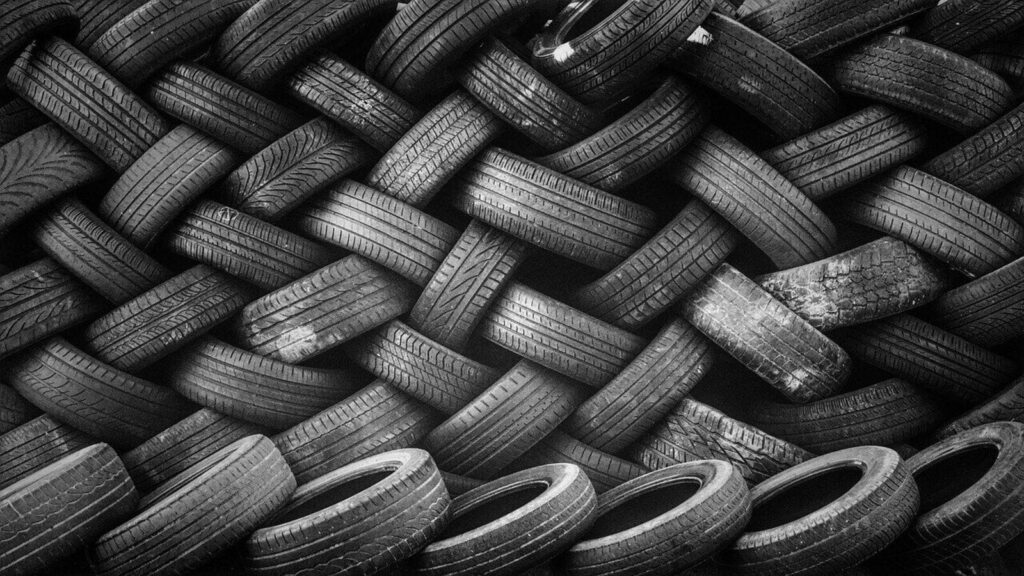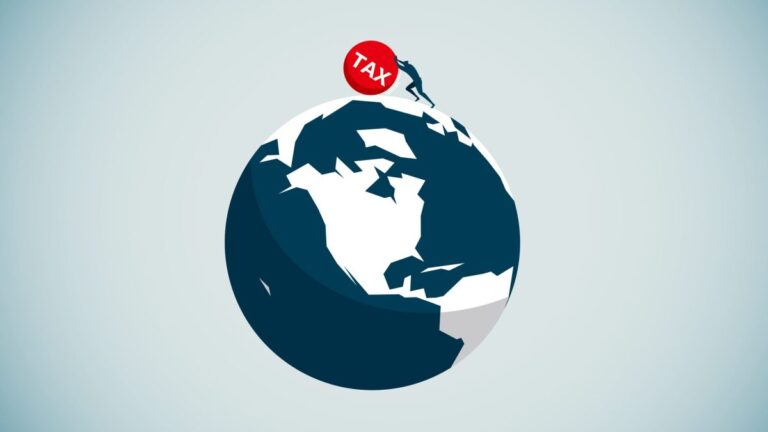That would be frustrating and infuriating, right?
While you can always cut your trip short or go elsewhere, this is a daily reality for people who live in such areas.
The BBC recently published a report on how the UK dumps its used tyres in India instead of recycling them. Millions of them are sent to Indian villages to be burnt in the absence of oxygen — a process called pyrolysis. The reason? Exporting the tyres to get rid of them is cheaper than recycling them there.
The problem is that many of these factories are illegal, and cause environmental and health problems, including cancer. Recently, an explosion in such a unit claimed many lives. A few months ago, the Karnataka government ordered the closure of a few such illegal units.
Waste is a headache for governments and businesses, and a crisis for the environment and people.
But it doesn’t have to be.
With licenses and legal permission, this waste could be treated sustainably and even contribute to a circular economy.
Also read: This innovative AI stock is primed for a bull market
Once a tyre approaches the end of its life, it could be recycled for different applications instead of being dumped in landfills. This would also reduce the need for virgin polymers, a boost for sustainability.
But what use could an old tyre possibly have?
Well, you’d be surprised.
For one, they can contribute to the building of infrastructure. Mixed with asphalt, the rubber in them can be used to construct roads. They can even find their way back as auto rubber parts and new tyres. They can also be used to make rubber pipes or slip-resistant conveyor belts. And the steel in discarded tyres has uses in steel abrasives.
As for direct consumer uses, they are used in playground mats, gym floors, sport turf, and outdoor furniture.There’s also research being conducted on more potential applications.
Let’s look at some listed Indian companies that are involved in this method of generating wealth from waste.
Tinna Rubber & Infrastructure Ltd
The company is one of Asia’s largest recyclers of end-of-life tyres (ELT). The tyres it recycles are used in roads, conveyor belts, rubber mats, gym tiles, rubber flooring, automotive parts, and more. The infra segment makes up more than 50% of its revenue.
The company pioneered the concept of rubberised bitumen for roads and claims it has a 60% market share. It is also the largest supplier of microionised rubber powder to the tyre and conveyor belt industries in India. It is expanding capacity to cater to growing needs and demands of end-user industries.
The business is global, with raw materials sourced from across the world and manufacturing plants in India and Oman. Its clients include Reliance Industries, Delhi Metro Rail Corporation, PWD, Delhi Development Authority, ACC, DFC, UltraTech, and various tyre companies.
The company is a registered producer and recycler with the Central Pollution Control Board. In FY24 It earned ₹6.6 crore from the sale of extended producer responsibility (EPR) credits, which incentivises waste management.
Also read | Zomato’s growth path: Where will the stock be in 3 years?
Let’s now look at the waste-to-wealth part in numbers.
The business offers return ratios of above 30% (FY24) with debt-to-equity well below 1 at present, and healthy double-digit operating profit margins. It generates positive cash flows from operations. Management aims to grow revenue by two-and-a-half times to ₹900 crore by 2027.
The business is not without its risks, though. These include exposure to group entities through corporate guarantees, inherent industry risks, exchange rate fluctuations, raw material and pricing risks, regulatory risks, and cyclicality in the end industries.
The stock trades at a price-to-earnings-growth (PEG) ratio of 0.46 and at a price-to-earnings (PE) ratio of 31.
GRP Ltd
GRP Ltd makes reclaims rubber from used tyres, upscaled polyamide from nylon waste, and engineered products die-cut from end-of-life tyres.
It supplies 8 of the world’s 10 biggest tyre manufacturers. This core business accounts for more than 80% of revenue. The rest comes from its non-reclaimed rubber business. It has availed of EPR credits, too.
Its return ratios were well above 30% in FY24 it has a healthy balance sheet. The stock trades at a PE of 60 and PEG of 0.9.
Also read: Which Indian pharma stocks will outperform bank deposits?
Do note that no recommendation is implied in this article. Every business has risks and needs due diligence on your part before considering an investment. But given the structural growth prospects for the recycling theme, these two niche players deserve a place on your watch list.
Happy investing!
Disclaimer: This article is for information purposes only. It is not a stock recommendation and should not be treated as such.
This article is syndicated from Equitymaster.com















